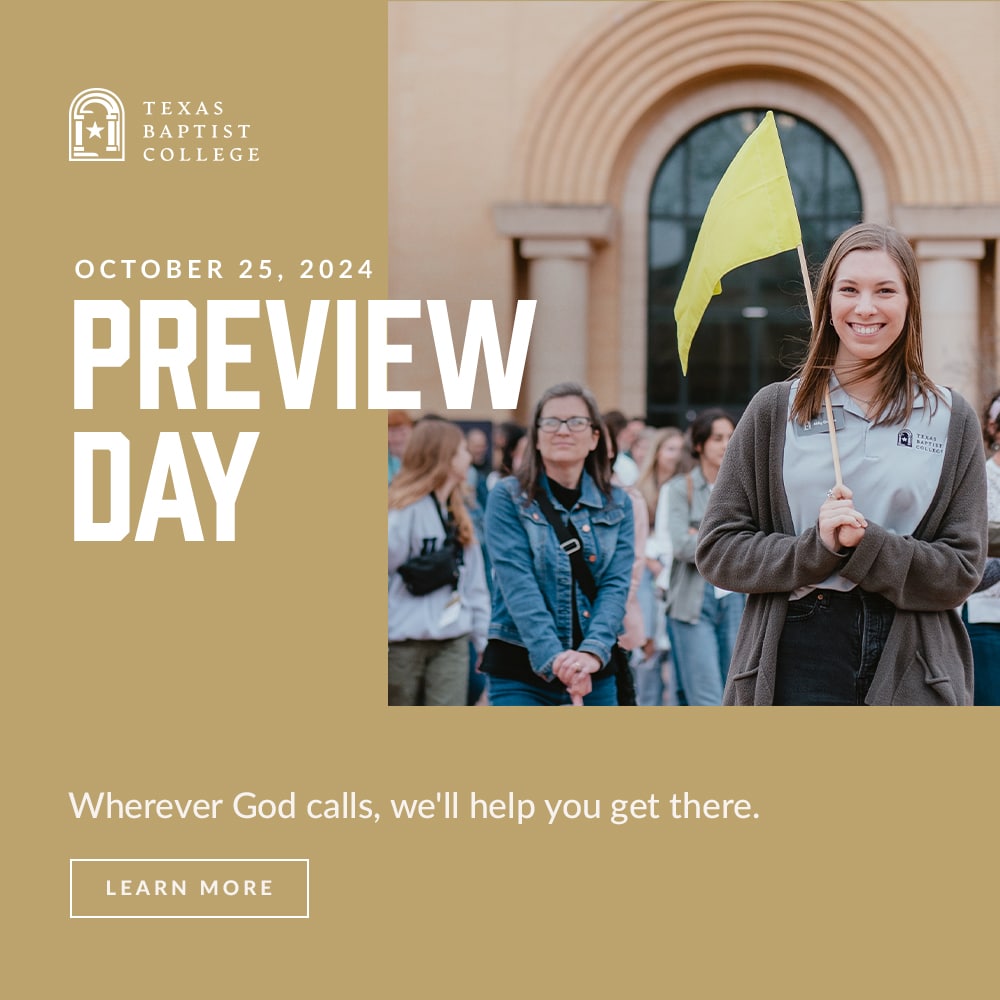Classical Rhetoric and the Good Man
“I would, therefore, have a father conceive the highest hopes of his son from the moment of his birth. If he does so, he will be more careful about the groundwork of his education.”
Quintilian, Institutio Oratio, I, I
I just returned from Houston, TX, where Kathleen Wrobleske hosted our mid-winter apprentice retreat and Camille Goldston hosted our eighth (!) Lost Tools of Writing workshop in the Houston area. Yesterday I spoke with two people, one of whom distributes LTW in southern California and the other of whom was reviewing it for a school in Minnesota. Two things have come clear to me in the course of these conversations:
-
The Lost Tools of Writing, which is the core of a classical rhetoric program, really is the spine and essence of the entire classical curriculum, K-12. No! Birth to death.
-
The craving for an integrated curriculum can be satisfied only by LTW or a program like it.
To the first point, when Quintilian wrote his Institutes, his monumental and lasting summary of the classical curriculum, he called it The Institutes of Oratory and set it as his task to respond to his friends who asked him to “write something on the art of speaking.” Our age of specialization and scientism tries to treat speaking as an optional specialty, mostly for those of a more effeminate nature. Women talk; men grunt.
Quintilian responded to this tendency in his preface:
[Other teachers] either despised the preliminary stages of education or thought that they were not their concern, since the duties of the different branches of education are distinct from one another, or else, and this is nearer the truth, because they had no hope of making a remunerative display of their talent in dealing with subjects, which, although necessary are far from being showy: just as in architecture it is the superstructure and not the foundation which attracts the eye.
I on the other hand hold that the art of oratory includes all that is essential for the training of an orator, and that it is impossible to reach the summit of any subject unless we have first passed through all the elementary stages. I shall not therefore refuse to stoop to the consideration of those minor details, neglect of which may result in there being no opportunity for more important things, and propose to mould the studies of my orator from infancy.
Two pages later he summarizes his objective:
My aim, then, is the education of the perfect orator. The first essential for such an one is that he should be a good man, and consequently we demand of him not merely the possession of exceptional gifts of speech, but of all the excellences of character as well [sed omnes animi virtutes exigimus].
Who is this perfect orator?
The man who can really play his part as a citizen and is capable of meeting the demands both of public and private business, the man who can guide a state by his counsels, give it a firm basis by his legislation and purge its vices by his decisions as a judge, is assuredly no other than the orator of our quest… I shall frequently be compelled to speak of such virtues as courage, justice, self-control.
Classical rhetoric is not a specialty, but the most practical and universally useful of all subjects. The scientist who cannot communicate cannot excel in his field. Nor can the writer who cannot think. Classical rhetoric, and LTW, solve both of these problems.
After all, if we speak of teaching children how to think, which is the whole weight of Sayers’ essay, then we need tools that enable them to think. We must stop confusing thinking with retaining information and repeating processes and we must realize that thinking is and therefore requires dialogue, sometimes desultory, other times focused and precise. Quintilian divides classical rhetoric proper into two divisions: Invention (under which he includes arrangement) and Elocution or eloquence (under which he includes memory and delivery).
Invention is about developing and ordering your thoughts. Elocution is about expressing them appropriately.
Invention proper consists of the questions that open up to us the whole field of thinking itself, which is the art of asking questions. For whatever reason, modern writing and speech programs neglect invention, leaving it, I suppose, to the logic teacher, who, not realizing he was required to teach invention, touches on it only briefly and by accident. Invention is logic, but much more than the formal logic of the syllogism, which it includes. Invention is material logic. While formal logic deals with the form of correct thinking, material logic deals with the matter of thought, the stuff.
Invention deals with matters like defining terms, comparing things in multiple ways, examining context and circumstances, discovering and assessing witnesses and experts, exploring causes and effects, etc. In short, every kind of thinking in every kind of subject is practiced in Invention. It provides the tools of learning that Ms. Sayers directed our attention to, enabling our students to think at a high level while moving from subject to subject and art to art.
That is why LTW fulfills the second point above: it provides for the possibility of an actually integrated curriculum, which is a very different thing from a curriculum in which classes overlap or interfere with each other. In an integrated structure, the integrity of each individual is respected and strengthened. Science is science, math is math, humanities is humanities. But their relationships are recognized. LTW makes that possible by building the bridges between the subjects in the activities of the student’s mind and in the common properties of the subjects.
Artists and scientists both observe closely. Then they go in separate directions.
Classical rhetoric is the spine of the classical curriculum. Find a program and become an instructor that gives it its right place.









